|
|

|
|
|





|
THE CERAMIC KACHELOFEN |

|
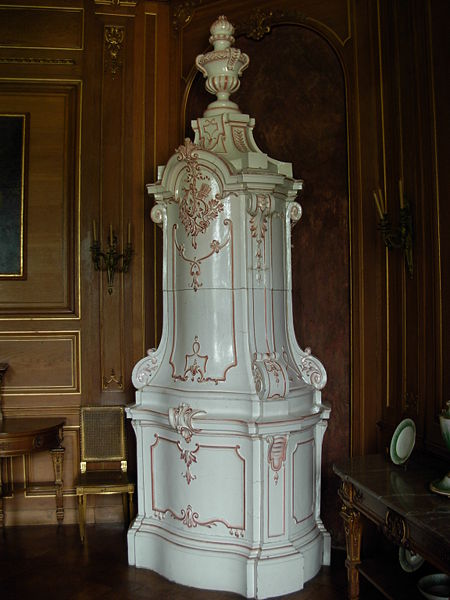

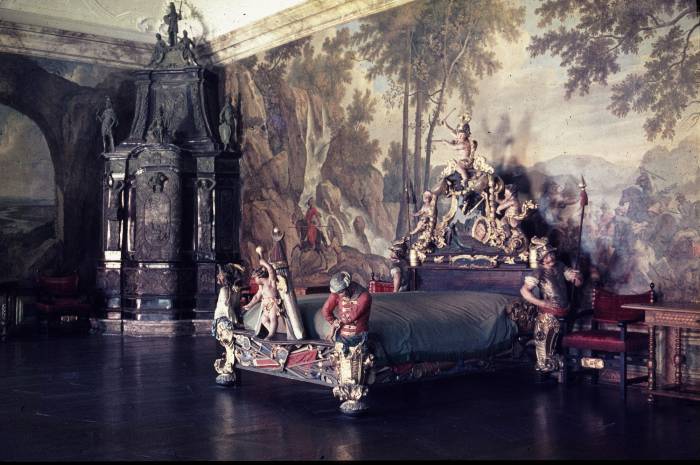
The kachelofen (German, meaning tile stove) has been in use for centuries and some very
ornate examples can be seen in museums and castles. In Sweden, Finland, Russia and other
countries of northern Europe, similar masonry or tile stoves were called by
different names.
The kachelofen heater has three basic characteristics:
* It produces temperatures high enough to completely burn wood (900F).
* The hot combustion gasses are circulated through a series of flues and/or baffles
before exiting the chimney.
* The masonry and tile absorb the heat and release it gradually and evenly over a long
period of time into the room.
Many European countries developed efficient masonry heaters, but according to the informative
website http://www.pyromasse.ca/, the Swedes developed a down-draft contra-flow
system which is particularly fascinating and efficient.
German specialists who build the Kachelofen must know how to build heaters that maximize both the
draft and length of flues. The clay tile may be plain or have a glazed (ceramic tile) surface, but
they are especially formed to absorb and hold the heat. As a rule, the fire only burns a couple of hours
twice a day, yet yields an even heat for 24 hours. Due to the high combustion temperature, there is
little creosote build-up. The chimney smokes for just a few minutes until the operational temperature
is reached.
The kachelofen uses small pieces of wood, like branches and waste material from cabinet shops. This makes
for very efficient heating and produces little pollution. The large surface area doesn't get hot enough to
burn the skin or scorch clothing. Conventional heating systems heat the air rather than surfaces. This
dries the air and blows dust particles around the room, aggravating allergies. A kachelofen
often has seating
built around the perimeter and the heater provides a warm backrest.
The kachelofen may also include a cook stove, oven and even a hot water heater. We vacationed in a house that
was built in 1759. It had an old kachelofen that was in poor condition, but it
incorporated all these features and my wife fell in love with it!
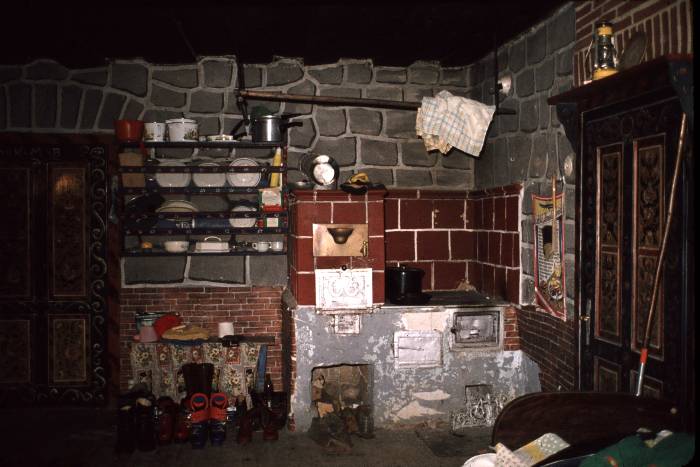
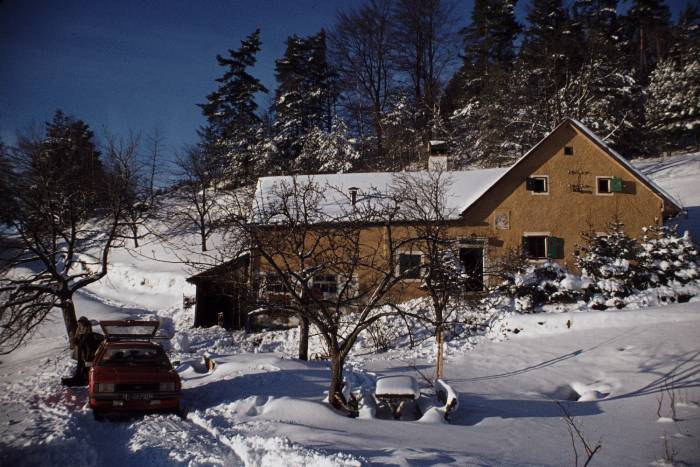
The friends who owned that house have a modern kachelofen in their home today.
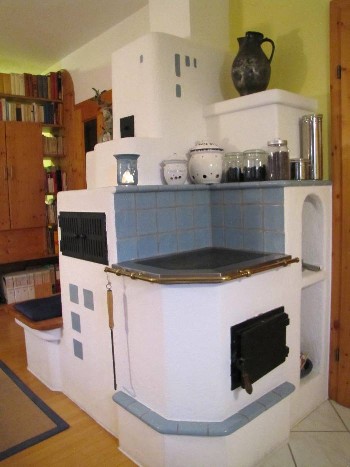
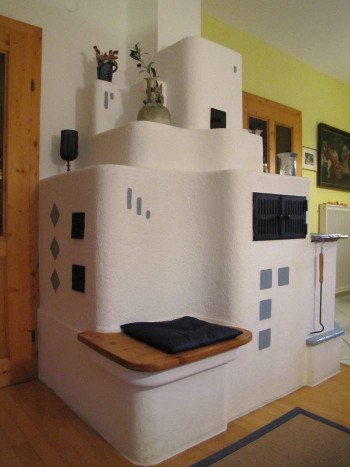

|
MODERN KACHELOFEN FROM GRAF, AUSTRIA |

|
    |
|
|